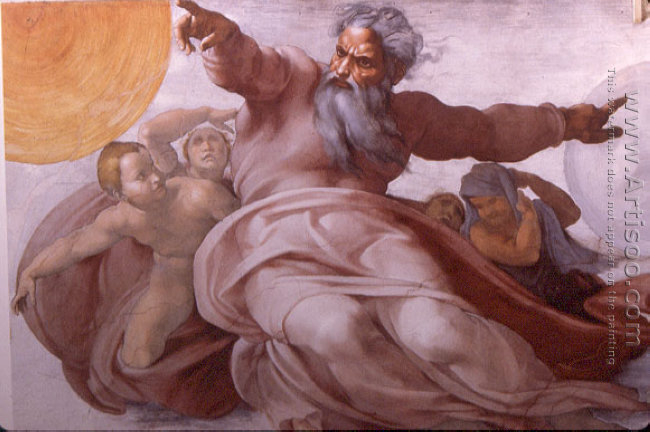Mona Lisa by Leonardo da Vinci (1503–1519)

Communication
The Mona Lisa is a painting symbolizing the look of Lisa Gherardini, wife of Francesco Del Giocono. It is a portrait by da Vinci, one of the Renaissance masters, in honor of Francesco’s wife. The image puts across a message about the family of Francesco. The main message regards celebration of a new family member-the second male baby, and the completion of their home in Florence, Italy. It is worth noting with keen interest that the actual meaning of the painting remained a mystery to many people in the globe, until 2005.
Techniques
Da Vinci employed a “velature” technique in his work. The artist used oil paint, cotton and poplar wood to come up with the artwork. This painting is unique since it incorporates a poplar wood surface as compared to most paintings of da Vinci’s time, which used canvas. There are several colors used including brown, gray, green and blue which generate a high level of unity in the work (Boddy-Evans, 2012). He painted a different color on top of another, thereby creating a delectable form.
This gives Mona Lisa a superb depth, one which would not be achieved by a mixture of colors. He used sfumato and included soft colors, as well as dark glazes on the edges of lips and eyes. The artist laid emphasis on the arms, eyes as well as the lips through a shadowing technique. This makes the painting stand out among other paintings since it depicts the picture as one of a person who is alive.
Furthermore, the artist used an aerial perspective, as well as a beautiful landscape to create the background of his piece of art (Boddy-Evans, 2012). The painting has no visible brush marks of a poor artwork. Da Vinci employed a pyramid design, whereby he placed the image of the woman calmly on the poplar wood. The work depicts a sense of harmony, and the smile of the woman shows happiness.
Owing to his experience in anatomy and mathematics, he established a perfect size for the portrait. The artwork is an outstanding painting in the world. It has influenced modern artists to upgrade their degree of painting. It is a source of inspiration for many women who endeavor to leave a lasting impression on people’s faces through their smiles and joy. Moreover, its use in numerous crockery items like mugs and clothes such as T-shirts cannot be underrated
The Creation of the Heavens by Michelangelo Buonarroti (1508-1512)

Communication
This is one of the paintings done by Michelangelo on the Sistine Chapel (Vatican) as commissioned by Pope Julius II, and as a symbol of the high Renaissance work. In this artwork, Michelangelo intended to communicate the beginning of the world and the need for salvation by humankind (Aston, 1979).
The artwork shows God surrounded by angels. God is floating with his left arm pointing the moon, whereas his right arm points the sun. The angels are full of amusement at what God has created. According to early traditions of Italy, dating back to the 4th century, the moon and the sun were of high regard in the country. The moon was a symbol of the Virgin Mary’s influence on the church, and the sun had an association with Christ.
Techniques
Michelangelo used oil paint and canvas to present his artwork on a landscape (Aston, 1979). He used cangiante whereby different shades of brown show details of the people’s bodies and the garment covering them. Use of gray on the background creates a high unity level in the work. White shows God’s beard signifying his old age.
The artist highlighted some areas and gave a shadow effect in others. The outstretching arms of God symbolize Christ’s hanging on the cross. The sun signifies the illumination that Christ would bring on earth through his miracles and salvation through his death.
The moon symbolizes the purity of the Virgin Mary and her association with the church. The look on God’s face suggests future predictions, probably a feeling that Christ would suffer in the hands of men and would be crucified. This artwork has influenced a lot of people, especially Christians, who hold beliefs about the sacred nature of God. They believe that Jesus was the son of God, and he died in order to save them.
References
Aston, M. (1979). The fifteenth century: the prospect of Europe. New York: W.W. Norton.
Boddy-Evans, M. (2012). Palettes and Techniques of the Old Masters: Leonardo da Vinci. Web.